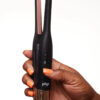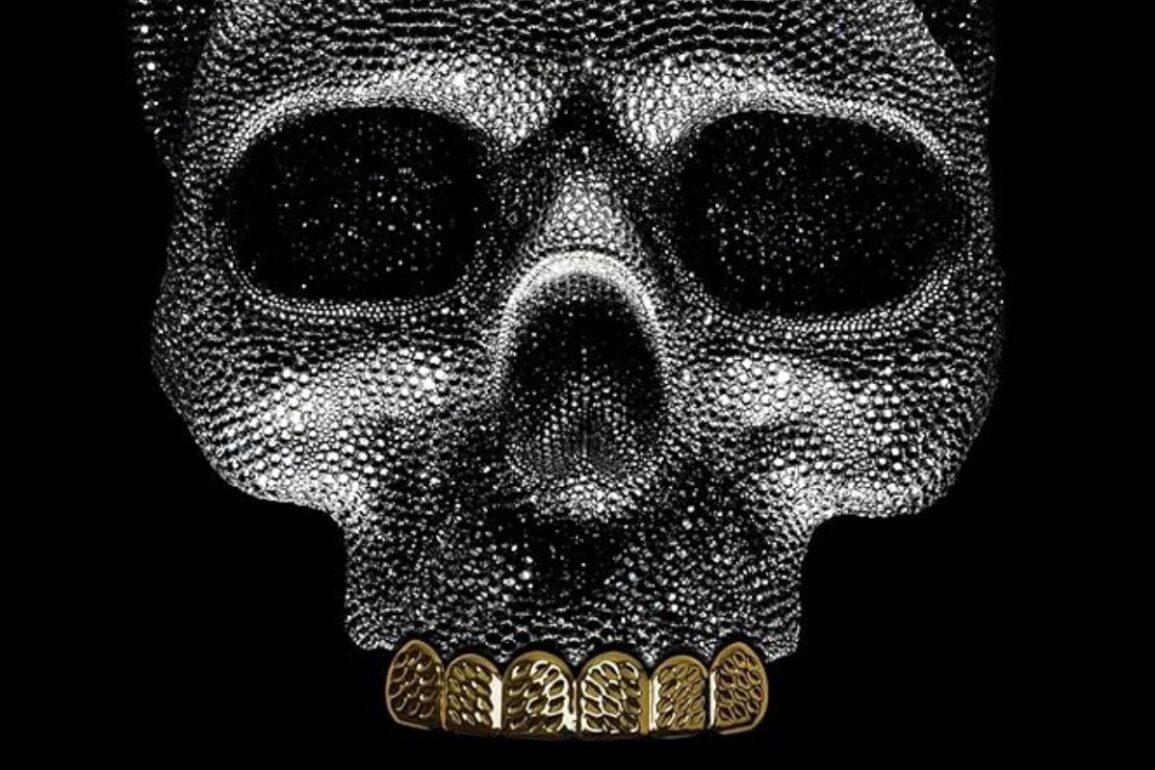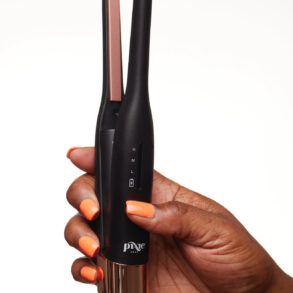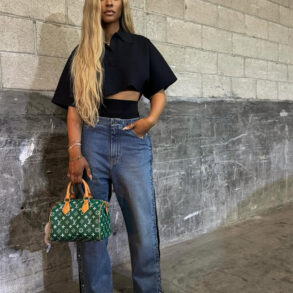The mission: get in and get as much Polo as you can. Walk inside the store. Saks Fifth Avenue. Or Bloomingdale’s. There’s a security guard right there, so don’t do nothing too crazy. Then it’s go-time. Rush the racks. Grab as much Lo as you can—coats, rugbys, jeans, whatever. Push anybody aside. Smash a few windows if necessary. The merchandise is hot—you’re holding a few hundred, maybe even a thousand dollars’ worth. Good thing these stores don’t have sophisticated surveillance. Okay, now let’s get the fuck out of here.
The Lo Lifes terrorized high-end retail in New York City by boosting Polo Ralph Lauren. Unlike that of drug dealers, their hustle was the good old-fashioned five-finger discount or shoplifting (and reselling on the black market). Among their peers, they became synonymous with Polo and an integral part of its infusion into hip-hop. They were walking advertisements for the brand. “When we would come back to our neighborhoods wearing these clothes, you looked like somebody. You felt like somebody,” said Thirstin Howl The 3rd in the 2019 Ralph Lauren documentary Very Ralph.
The Lo Lifes began when two disparate boosting crews in Brooklyn—Ralphie’s Kids from Crown Heights and Polo U.S.A. (United Shoplifters Association) from Brownsville—joined forces in 1988. Thirstin Howl The 3rd (aka Big Vic Lo) and Rack-Lo were widely credited as founders of the new supergroup (although the former told me that there were “many founders”). The name “Lo” was shorthand for Polo Ralph Lauren, hip-hop’s favorite line of American luxury. “I was born when hip-hop was born, so I was able to see everything as it developed and as it evolved. I always evolved with the styles and the fashion within hip-hop,” Thirstin said in the 2017 retrospective Bury Me with the Lo On (released in connection with his book of the same name). He was a break-dancer and graffiti artist and later embarked on a rap career. “I’m a hip-hop fiend. I study all the music like a fiend, not a fan. It’s a drug for me.”
He started his shoplifting career with affordable entry-level brands like Pro-Keds, and then elevated to price tags with more zeroes. As he explained to me: “We didn’t start off with Polo Ralph Lauren. There were many other brands before that. We were wearing Adidas, Puma, Guess, Lee, Benetton, Izod. There were so many brands we were touching before we really got into Polo like that. It was an evolution.” Polo had a range of different designs, from Ivy League sweaters to sportswear, and it was exciting chasing the latest release. Said Thirstin: “When we got to Polo Ralph Lauren, it was the only brand that we were seeing that was seasonal. It had a variety of logos, sizes of the logos, colors. That’s what really brought us to Ralph Lauren and made us stick to it.”
Shoplifting might have appeared on the surface as a victimless crime, but the stakes were high for the Lo Lifes. “As far as attending boosting sprees with us, it wasn’t for the weak,” Rack-Lo said. “You had to have heart. The consequences were so stiff. At any time, at any moment, on any day, you could’ve been facing some real heavy consequences.” Jail time was realistic, especially for someone with an existing criminal record. As Rack-Lo explained: “You could have gone to jail for what, the time varied. It could’ve been a week, a month, two years, five years depending on the offense. You could’ve been hitting Rikers Island. You could’ve been on your way to spending your time in the state penitentiary because the offenses and charges were so serious. You could have put yourself in the situation where you wasn’t coming home.”
The Lo Lifes reigned when Brownsville was known as one of the most dangerous areas in Brooklyn. The contrast between their preppy fashion and their surroundings was not coincidental. The neighborhood had a reputation for being tough. Initially a settlement for factory workers, Brownsville was predominantly Jewish from the 1880s until the 1950s. “When I was a child, I thought we lived at the end of the world,” wrote literary critic Alfred Kazin in his 1951 memoir A Walker in the City. “We were the end of the line. We were the children of immigrants who had camped at the city’s back door, in New York’s rawest, remotest, cheapest ghetto.”
In the 1940s and the decade after, an influx of African American residents moved to Brooklyn for employment opportunities in the growing industrial sector, and by 1950, the Black population in Brownsville had almost doubled to 14,209. The neighborhood became an epicenter for public housing—Brownsville has the highest concentration of public housing in the nation—and white flight ensued in the 1960s and ’70s, leaving behind crime, declining public services, and urban decay. The New York Times described Brownsville as a bleak wasteland ravaged by crack vials and gun violence in 1990, where it wasn’t uncommon for a thirteen-year-old to witness murder in broad daylight. “We supported each other through some of the harshest times in Brooklyn’s history—crack was raging and guns went off daily,” Lo Lifes member Big Haz Uno said. Against this backdrop, there wasn’t any particular moral judgment around their ill-gotten gains. “My family condoned it,” Thirstin said. “I witnessed it at home. My mother shoplifted meat from the supermarket. I was always a poor kid. If I wanted a soda or sunflower seeds and potato chips, I had to go to the store and steal it.”
The Lo Lifes wanted better for themselves, and clothing was the means. “How I felt having them on and how everybody else looked at me. These were items of respect and gave you social status in your neighborhood,” Thirstin said. There was a resonance in nice things. The feeling of worth from a high price tag was the same emotional trigger that luxury brands used to attract consumers since time immemorial. And the fact that they were wearing Polo out in the open—and not getting it stolen off their backs—was an added badge of honor and status. Thirstin reflected: “To actually come back with some high-end stuff from Fifth Avenue and wear it in the projects, it made you somebody.”
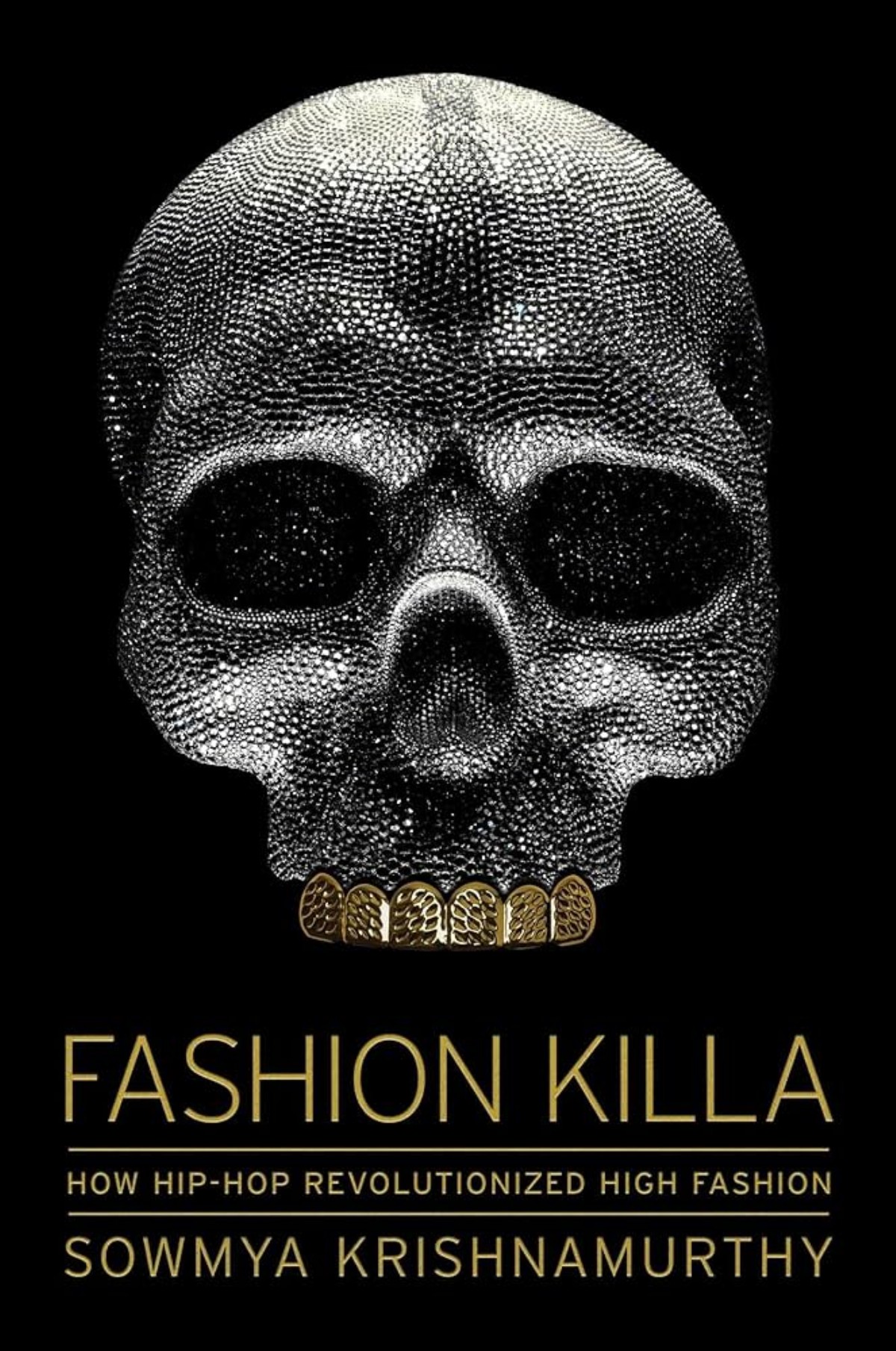
“Fashion Killa” by Sowmya Krishnamurthy.
Excerpted from FASHION KILLA by Sowmya Krishnamurthy. Reprinted by permission of Gallery Books, a Division of Simon & Schuster, Inc.
This post was originally published on this site be sure to check out more of their content.

